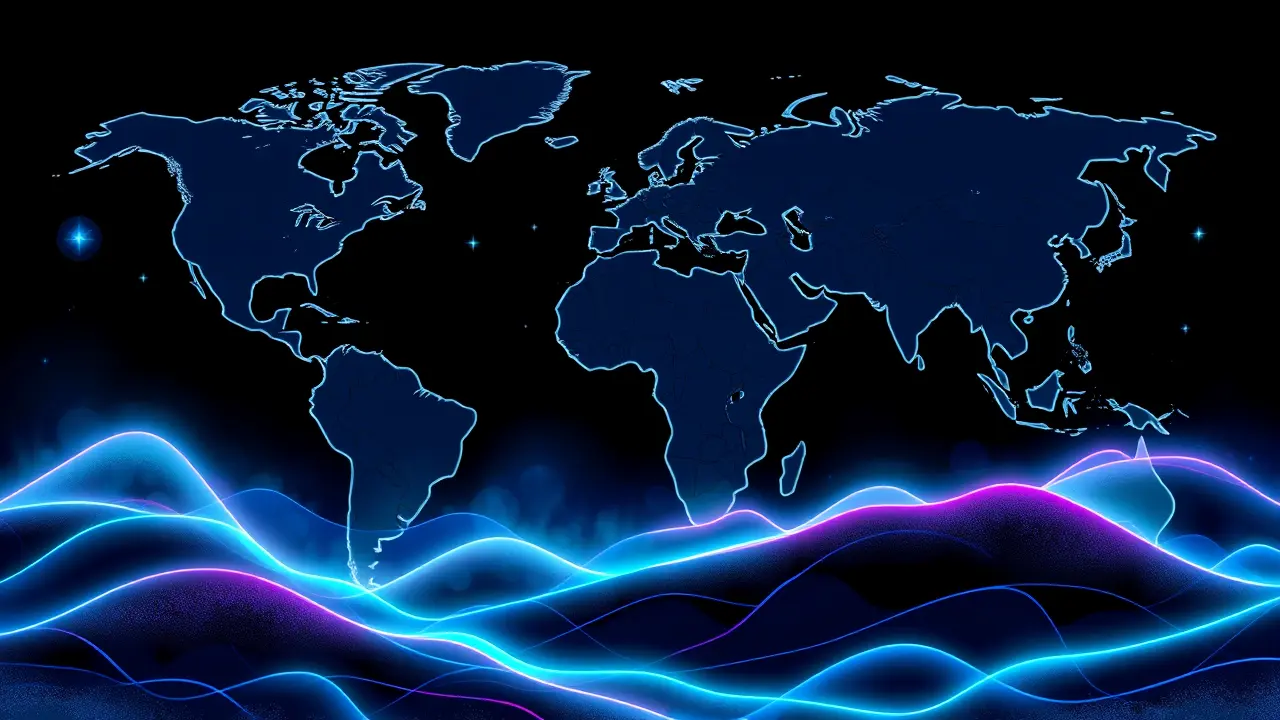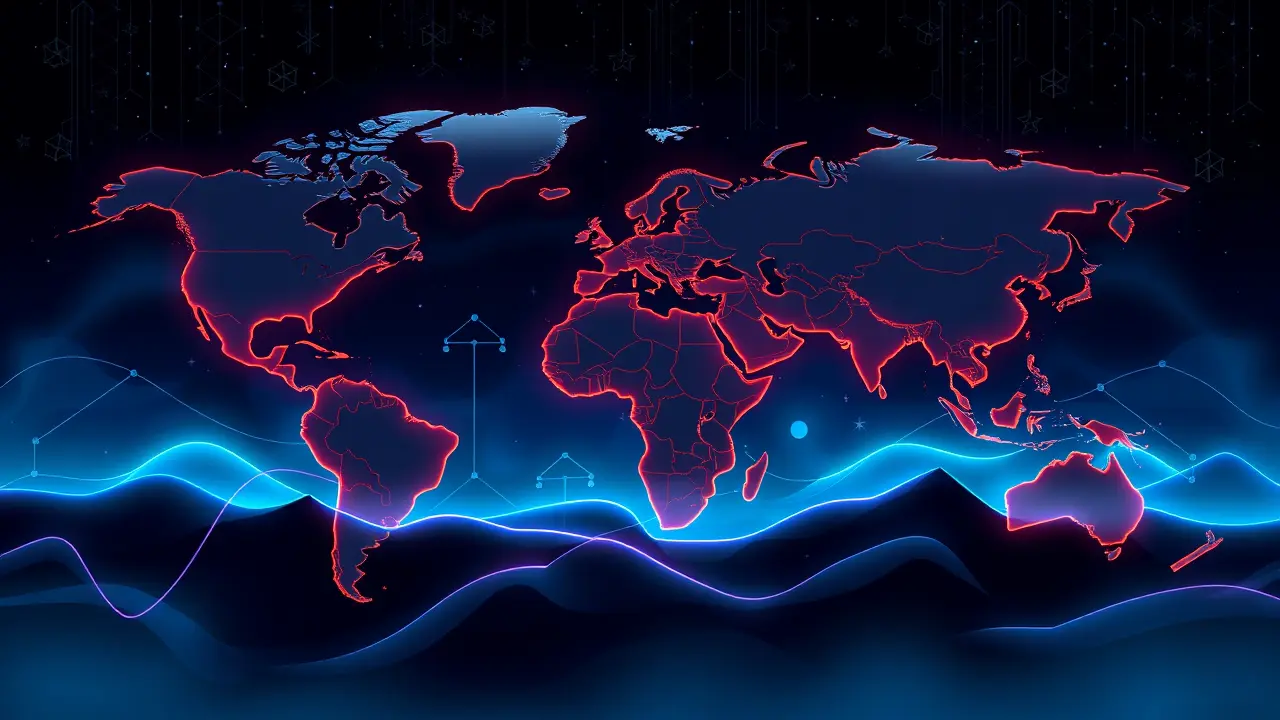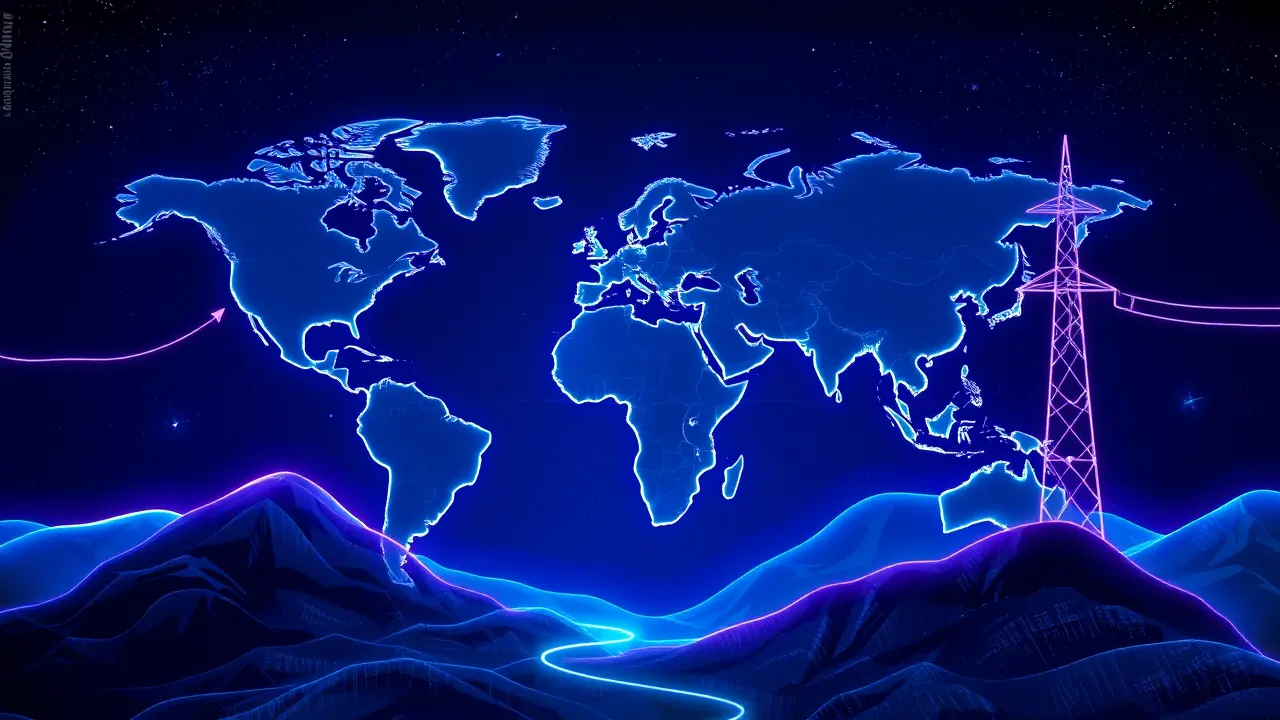
FinancemacroeconomyGDP Reports
Germany's Post-WWII Economic Miracle Reexamined
RO
Robert Hayes
1 week ago7 min read1 comments
The enduring narrative of Germany's Wirtschaftswunder, that phoenix-like economic ascent from the smoldering ruins of the Second World War, has long been a cornerstone of post-war historiography, a comforting tale of resilience and liberal democracy triumphing over utter devastation. Yet, a more rigorous historical analysis, prompted by two provocative new volumes, compels us to reexamine this foundational myth.The central, perplexing question remains: why did Germany, defeated and humiliated in both global conflicts, achieve such a staggering recovery after 1945, while the Weimar Republic that emerged from the ashes of 1918 spiraled into hyperinflation and political chaos, ultimately paving the way for the Third Reich? Conventional wisdom, often echoing the political necessities of the Cold War, credits the Marshall Plan and the sound monetary policies of Ludwig Erhard's 1948 currency reform. However, these new scholarly works posit that this is an oversimplification, a convenient story that obscures a far more complex and morally ambiguous reality.They argue that the true catalysts were less about benevolent American aid and more deeply rooted in the profound structural differences between the two post-war settlements. The Treaty of Versailles, with its crippling reparations, territorial amputations, and the infamous 'war guilt' clause, intentionally crippled the German state's economic sovereignty, fostering a national psyche of victimhood that extremist elements expertly manipulated.In stark contrast, the post-WWII framework, despite initial plans for deindustrialization like the Morgenthau Plan, evolved rapidly under the darkening shadow of the Iron Curtain. A new, divided Germany was no longer a defeated enemy to be punished, but rather a critical strategic bulwark.West Germany became the central front in the economic and ideological battle against the Soviet bloc, necessitating its rapid rehabilitation. This geopolitical imperative led to immense investment, the forgiveness of a significant portion of its pre-war debt through the 1953 London Agreement, and, crucially, its integration into nascent European institutions like the European Coal and Steel Community, which tamed the old Franco-German antagonism.Furthermore, the analysis delves into the internal social dynamics often glossed over in triumphalist accounts. The Wirtschaftswunder was built not just on American dollars but on the backs of millions of expelled ethnic Germans from the East, who provided a desperate, highly motivated labor force, and the so-called 'guest workers' from Southern Europe, whose contributions were foundational yet long marginalized in the national story.The legacy of the Nazi regime's ruthless, if horrific, economic modernization—its development of autobahns and industrial conglomerates—also provided a tangible, if ethically tainted, foundation upon which to rebuild, a factor absent after the First World War. This reexamination does not diminish the achievements of the Federal Republic's founders but rather places them in a more sobering, realistic light.It suggests that the miracle was less a spontaneous burst of democratic virtue and more a calculated, geopolitically-driven project, born from the unique and terrifying circumstances of a bipolar world. Understanding this nuanced history is not merely an academic exercise; it holds profound lessons for contemporary statecraft, illustrating how the architecture of peace—whether it seeks to integrate or isolate a former adversary—can echo for generations, determining the fragile line between revival and ruin.
#lead focus news
#Germany
#economic recovery
#post-war
#Wirtschaftswunder
#economic history
#analysis
Stay Informed. Act Smarter.
Get weekly highlights, major headlines, and expert insights — then put your knowledge to work in our live prediction markets.
Related News
© 2025 Outpoll Service LTD. All rights reserved.














